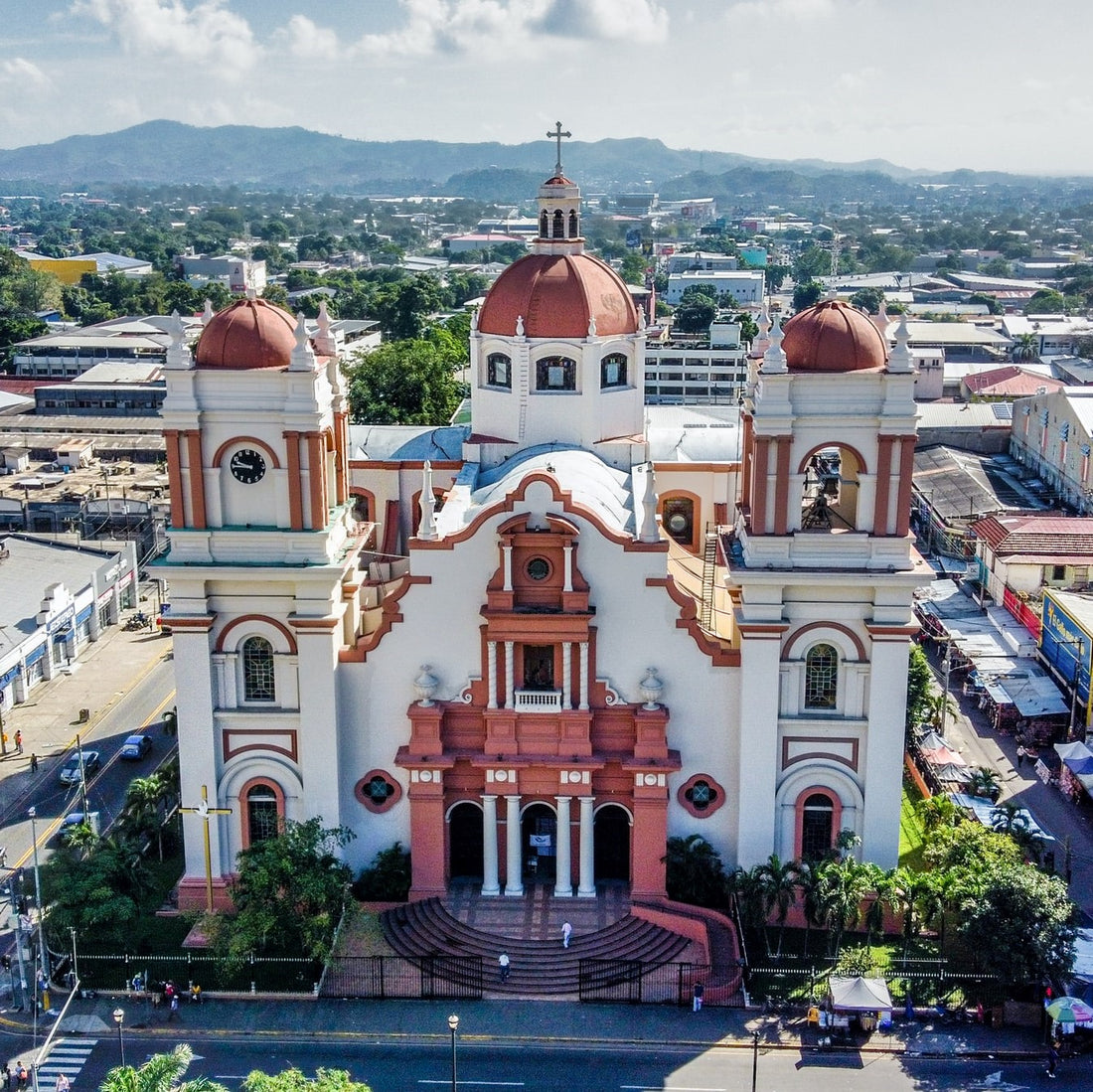
Honduras: Coffee from the depths of the rainforest
Share

Honduras, located in Central America, is teeming with life. You can find rainforests as well as cloud forests all over the country, and here is where a very special type of coffee is grown: Honduran coffee, which can feature apricot tasting notes as well as other exotic flavors such as caramel, berries, vanilla, and hazelnut.
History of coffee in Honduras
The history of coffee in Honduras is actually quite interesting because, up until very recently, Honduras was sort of an underdog. Out of all coffee-friendly countries in terms of climate, Honduras was one of the worst-performing ones if not the worst performing one.
This can be attributed mostly to a lack of demand. Honduras lacked (and, to some extent, it still lacks) appropriate transportation and roads for farmers to transport the coffee from their farms and into the big cities, where coffee is then exported to other countries.
And most farmers, particularly coffee farmers, live in remote areas. They’d rather grow sugar and other products that are in very high demand and they know they can sell it without having to send it to the capital.
So, while many other coffee-growing countries in the continent had attained the same prominence they have today, Honduras was not in the map until the late 20th century. Infrastructure got a little bit better and farmers had a little more security. The government also stepped in with grants and subsidies to help prop up the coffee industry.
In 1998, however, tragedy struck. Just as Honduras was starting to make a name for itself in the coffee world, Hurricane Mitch destroyed about 80% of coffee farms. It was a devastating blow and it was likely that people didn’t think the industry would recover.
The country recovered against all odds, and the coffee industry re-emerged stronger than ever. So much so that only thirteen years later -in 2011- it would become the highest producer in all of Central America. Now that’s a comeback.
Today, Honduras holds a spot as one of the most desirable origins for coffee beans. There’s a lot of demand and many coffee farmers can grow coffee with the certainty that they’ll be able to sell their harvest.
...Which doesn’t mean all’s good forever. There was a severe outbreak of coffee leaf rust back in 2013 which ate up almost a third of all coffee production back then. The effects of that lost can still be felt today!
Single Origin: Honduras
As a single origin, Honduras doesn’t have a single defining flavor profile that you can refer to when talking about this country. It is incredibly varied and, because of its relative newness to the coffee world, there isn’t a classic Honduran bean like there might be for some countries.
On the contrary; one of the appeals of Honduran coffee is how many unique, completely original blends can come from this particular region.
For example, our single origin blend is a medium-dark roast which has as main tasting notes caramel and brown sugar, with spice as secondary tasting note. It is quite fragrant because of the latter. It is, overall, a very warm and deep flavor.
That’s our blend, though. Honduran coffee comes in all shapes and sizes and just as you can find this type of blend you can also find a very fruity, tropical blend full of fruits, berries, and so on. High in acidity and low in bitterness. Or very bitter and low in acidity. Truly, the choice is yours.
What does Honduran coffee have in common, then?
The flavor is almost always a very sophisticated, subtle one. This is primarily attributed to the relatively low temperatures that the coffee is grown at, paired with the high humidity of rainforests and cloud forests. It ends up being a very balanced coffee with no salient flaws in its flavor and no one singular flavor outdoing the other.
And so, Honduran coffee is extremely desirable. It is naturally balanced which is of great value to professional baristas, coffee shops, and connoisseurs.
Conclusion
Honduras has the lowest per capita income of all North America. It is classified as a “low middle-income nation”, meaning it is very close to poverty. It is estimated that about 66% of the population live below the poverty line.
Many coffee farmers are poor, too, which is why buying Honduran coffee is also an act of support for the industry there. The coffee is amazing, too, so it’s a pleasure to contribute to Honduran farmers!
